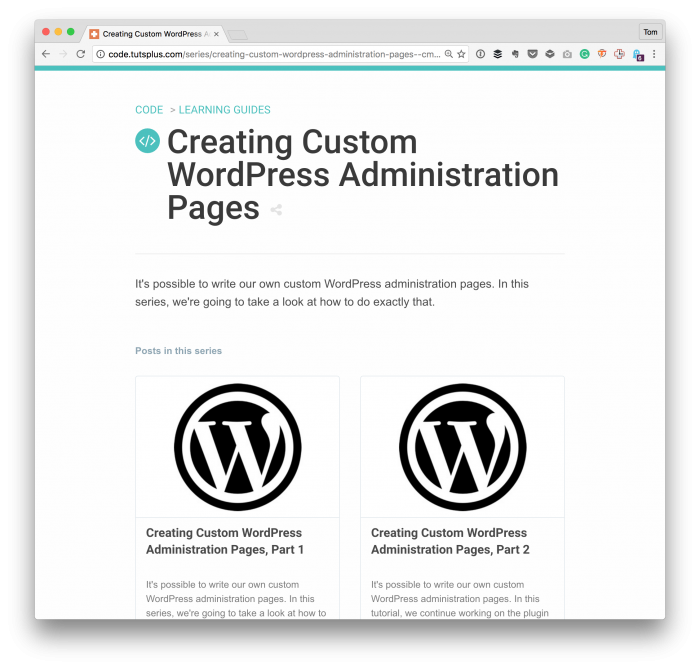WordPress messages, especially custom messages, are becoming a bit of a sore spot for developers, bloggers, content managers and so on.
And with good reason: It seems like every plugin has this desire to display tooltips, messages, promotional content, and so on every single time it’s activated or updated.
WordPress Messages aren’t inherently bad, but they’re abused. Still, they serve a purpose and can (and arguably should) be used sparingly when the opportunity presents itself.
In a series I’ve been working on for Tuts+, I’ve been walking through the process of creating a custom system for implementing, displaying, and customizing WordPress messages.
And how to do so in a way that’s reusable across various projects.

